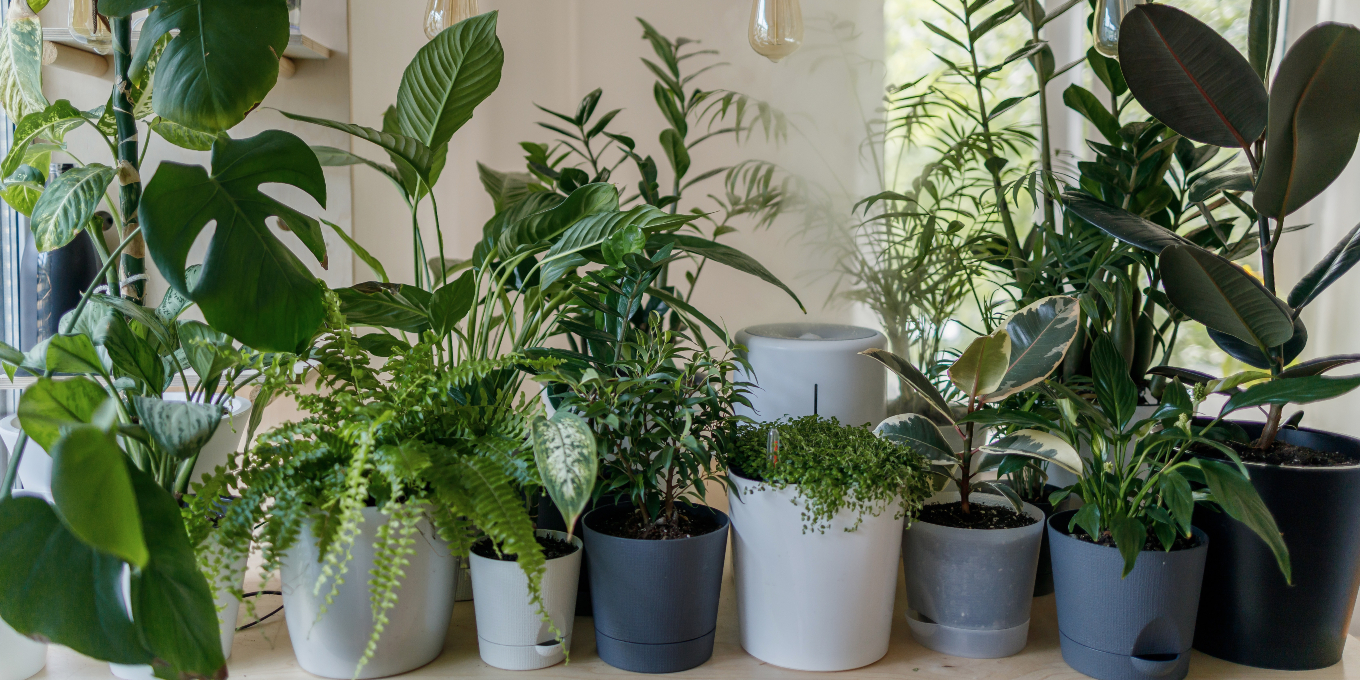Keeping plants alive in your house can be a lot of fun. But it can also be a little tricky. If you’re new to gardening, you may have no idea where to begin. Here are a few simple tips to help you get started.
Aloe Vera
Keeping an Aloe Vera plant alive is a fairly simple task. However, you’ll need to ensure that you give the plant a good environment and the right amount of care. The succulent-like cactus will grow nicely in most homes, but it’s best to keep it in a spot with plenty of sunlight.
The aloe’s thick roots will store plenty of water. But, it also needs a well-draining pot. If you don’t provide adequate drainage, you’ll create a rot problem that could kill your plant.
During the growing period, you’ll want to fertilize your aloe once a month. Fertilizer should be diluted with water. It’s also a good idea to spritz it with organic neem oil. This will help control any small pest outbreaks.
Bromeliads
Whether you are a beginner or an experienced house plant lover, Bromeliads are easy house plants to keep alive. They come in a variety of colors and shapes, and can provide a beautiful pop of color in your garden.
Bromeliads are low-maintenance, drought-tolerant plants. They are native to tropical environments, and can be grown in both pots and trees. They are also easily propagated.
In order to propagate your bromeliad, you will first need to cut off the leaves of the mother plant. You can do this by using a sharp, sterilized knife.
Arrowhead Plant
Keeping your house plants alive can be an easy task for beginners. But it’s important to choose the right plants for your home. There are many species to choose from. Some are more tolerant than others. Some can thrive in low-light conditions, while others prefer high-humidity areas.
One of the easiest and most attractive houseplants is the arrowhead vine. It’s often used in hanging baskets and can also be trained to grow upright. Its leaves are a bronzy-green with pink tones.
You can find arrowhead vines at plant nurseries. They are usually labeled Syngonium. The vine is native to South America. It’s an aroid, meaning it absorbs moisture from the air.
Dracaena Marginata
Whether you are a beginner or a seasoned plant-expert, you can keep a Dracaena Marginata alive for your home or office. They are easy to care for, but they can also be a beautiful addition to your interior space.
Dracaenas are slow-growing plants. They should be watered once a month in winter and every 2-4 weeks during the rest of the year. You should also fertilize your Dracaena frequently. You can use a controlled release liquid fertilizer. It is best to avoid applying this fertilizer in the winter.
Dracaenas are tolerant of a wide variety of temperatures. They should be located in a place with bright filtered light. You should also keep them away from drafts.
Ponytail Palm
Fortunately, there are easy house plants to keep alive for beginners. One such plant is the Heartleaf Philodendron, also known as the Sweetheart Plant. This easy to care for succulent is a great houseplant to display in a sunny room.
This plant features dark green heart shaped leaves with a high natural shine. It is not toxic to pets and children. However, the poisonous part of this plant is its leaf tips.
Another easy house plant to keep alive is the Peace Lily. This flower is easy to grow and has a wide variety of colors. The best part is that it only needs minimal care.
Chinese Money Plant
Getting the most out of your easy house plants to keep alive for beginners is not hard if you know what you’re doing. These easy to care for plants will reward you with vibrant foliage, a clean air filter, and the satisfaction of knowing that you did your part to help your environment.
For those of us who are not lucky enough to live in the desert, the best house plants to keep alive for beginners are the succulents. These plants are typically slow growers but will withstand a few weeks of neglect without any problem.
Sansevieria
Besides being an attractive addition to any home, sansevieria also has a reputation for its air-purifying abilities. The plant can help remove formaldehyde from the air.
Despite its name, snake plants are actually not venomous. They are hardy succulents that will survive droughts and neglect. They are also extremely tolerant to low light.
Regardless of what you think, they are a great choice for beginners. They are easy to grow and require minimal attention. They can thrive in bright or indirect light.
The most important factor in caring for your plant is sunlight. They should be placed in an area where the sun can get through the window.

